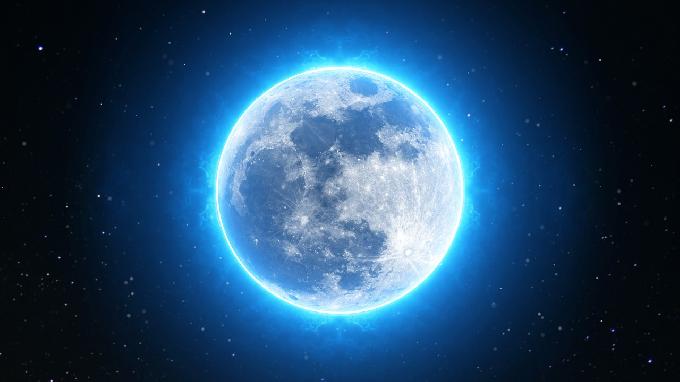The Moon, Earth’s iconic celestial companion, may be encountering an unexpected challenge – it’s gradually shrinking and developing wrinkles! Despite sounding like the plot of a sci-fi film, recent research suggests that this lunar transformation is indeed real, driven by the gradual cooling of its internal core.
A Shrinking Act:
Imagine a grape drying into a raisin. That’s essentially what’s happening to the Moon, albeit at a mind-bogglingly slower pace. Over millions of years, its heated core has lost energy, causing the rocky body to contract by mere centimeters. However, this seemingly insignificant change has significant consequences.
Cracks in the Landscape:
As the Moon shrinks, its surface is forced to adjust, leading to a fascinating lunar facelift. Imagine fault lines forming, similar to those on Earth, creating a network of cracks and wrinkles – particularly evident in the south polar region, a potential future home for astronauts.
Landslides on the Loose:
The Moon’s dusty surface is particularly susceptible to these deformations. Scientists warn of an increased risk of landslides, which could pose a serious threat to future lunar settlements. Think of it like loose sand on a steep slope – any shift could trigger a cascade of dust and debris.
Moonquakes: Tremors from Within:
But the Moon’s geological activity isn’t over. Its shrinking can trigger moonquakes, adding another layer of potential hazards for lunar exploration. These moonquakes, unlike their Earthly counterparts, could last for hours, posing a unique challenge for future inhabitants.
Exploring the Implications:
While the Moon’s shrinkage isn’t an immediate threat to Earth, it’s a crucial factor to consider for future lunar missions. Understanding these changes is vital for ensuring astronaut safety and the success of long-term lunar settlements. Imagine building a house on shifting ground – careful planning and adaptation are key!






